Jugeshwor Singh
Jugeshwor
Kshetrimayum

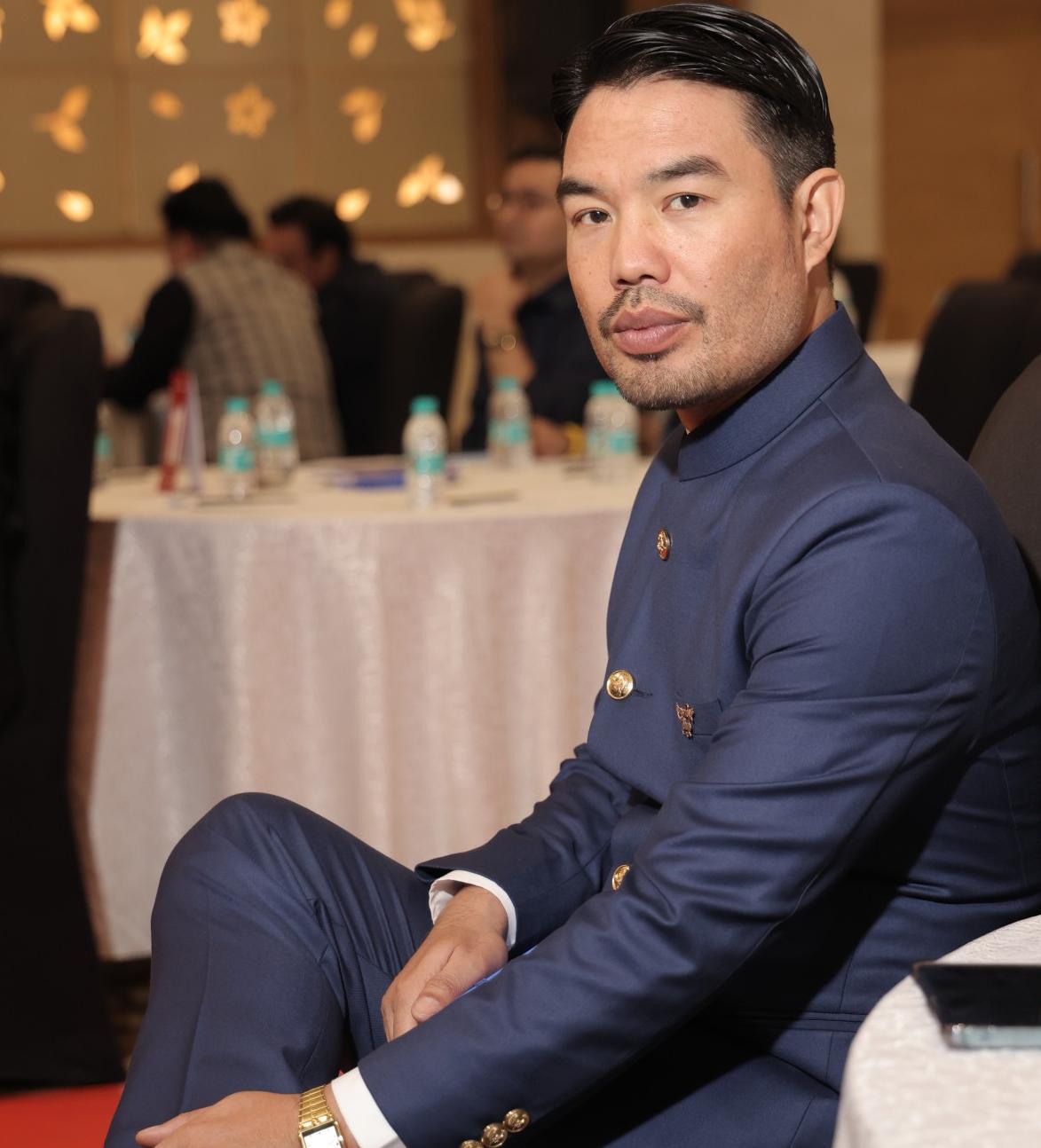













Jugeshwor
Kshetrimayum















InthediverseanddynamiclandscapeofIndiansports,afewrareindividualsemergenotjustaschampions
oftheircraftbutastorchbearersofadeeperphilosophy—onerootedindiscipline,resilience,andinner transformation. In 2025, as we celebrate the nation’s sporting excellence, it is a profound honor to recognizeJugeshworSinghKshetrimayumasIndia’sSportsIconoftheYear.
BorninthehumbletownofKakchinginManipur,Jugeshwor’sjourneyisatestamenttothepowerofmodest beginningsandanunyieldingspirit.Thesixthamongsevensiblings,hegrewupamidstsimplicity,yetwitha heart rich in values—honesty, perseverance, and humility These early teachings, nurtured by his parents despiteeconomiclimitations,becamethemoralfoundationthatwouldeventuallyguidehimthroughthehighstakesworldofinternationalmartialarts.
His introduction to martial arts wasn’t merely athletic—it was spiritual. From the disciplined elegance of Kung Fu and the combat finesse of Wushu and Taekwondo to the indigenous brilliance of Thang-Ta, Jugeshwor’srepertoireisbothdiverseanddeeplyrooted.UnderthetutelageofreveredmentorslikeGrandmaster Sharat Singh, Master Maheshwar Singh, and Master Jiten Singh, he learned that martial arts is not merelyaboutphysicalprowess—itisalifelongpursuitofbalance,self-mastery,andpurpose.
Jugeshworhassincegrownintoafigurewhosepresencecommandsrespectbothonandoffthemat.Hehas representedIndiawithunmatchedgrace,accumulatingaccoladeswhileneverdeviatingfromtheprinciples that shaped him in his youth. But more than medals, it is his integrity, humility, and drive to uplift others—especiallytheyouthfromunderrepresentedregionslikehisown—thatmakehimatrueicon.
Thisrecognitionisnotjustacelebrationofhisachievements,butanacknowledgmentofthevalueshelives by—valuesthatcontinuetoinspireanewgenerationofathletes.JugeshworSinghKshetrimayumstandsnot only as a martial artist of global repute but also as a national symbol of how greatness can rise from quiet corners,nurturedbystruggle,discipline,andanunbreakablewill.
A Beacon of Martial Arts Excellence and Community Leadership








True greatness is forged not in isolation but through lifting others as you climb.
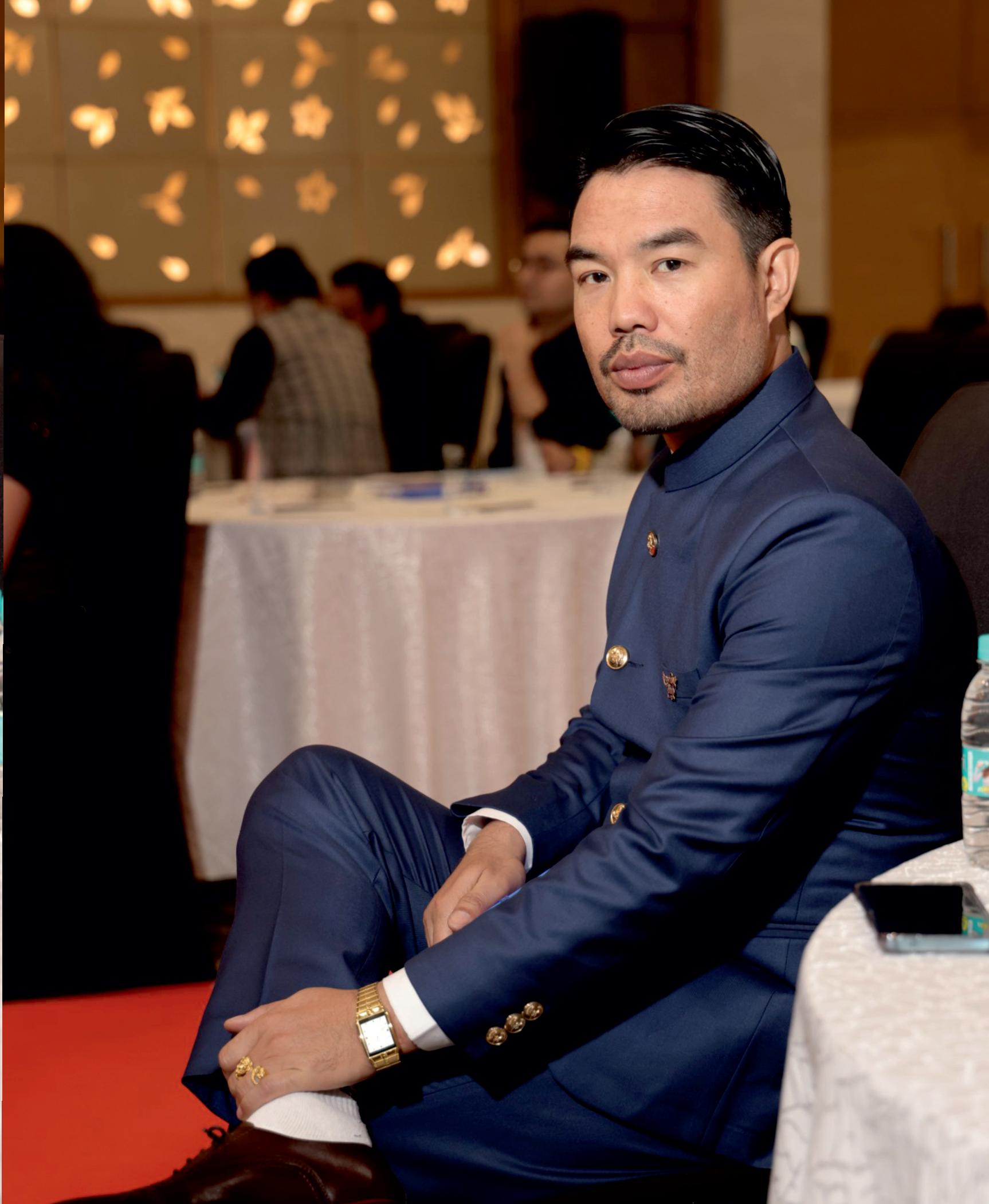

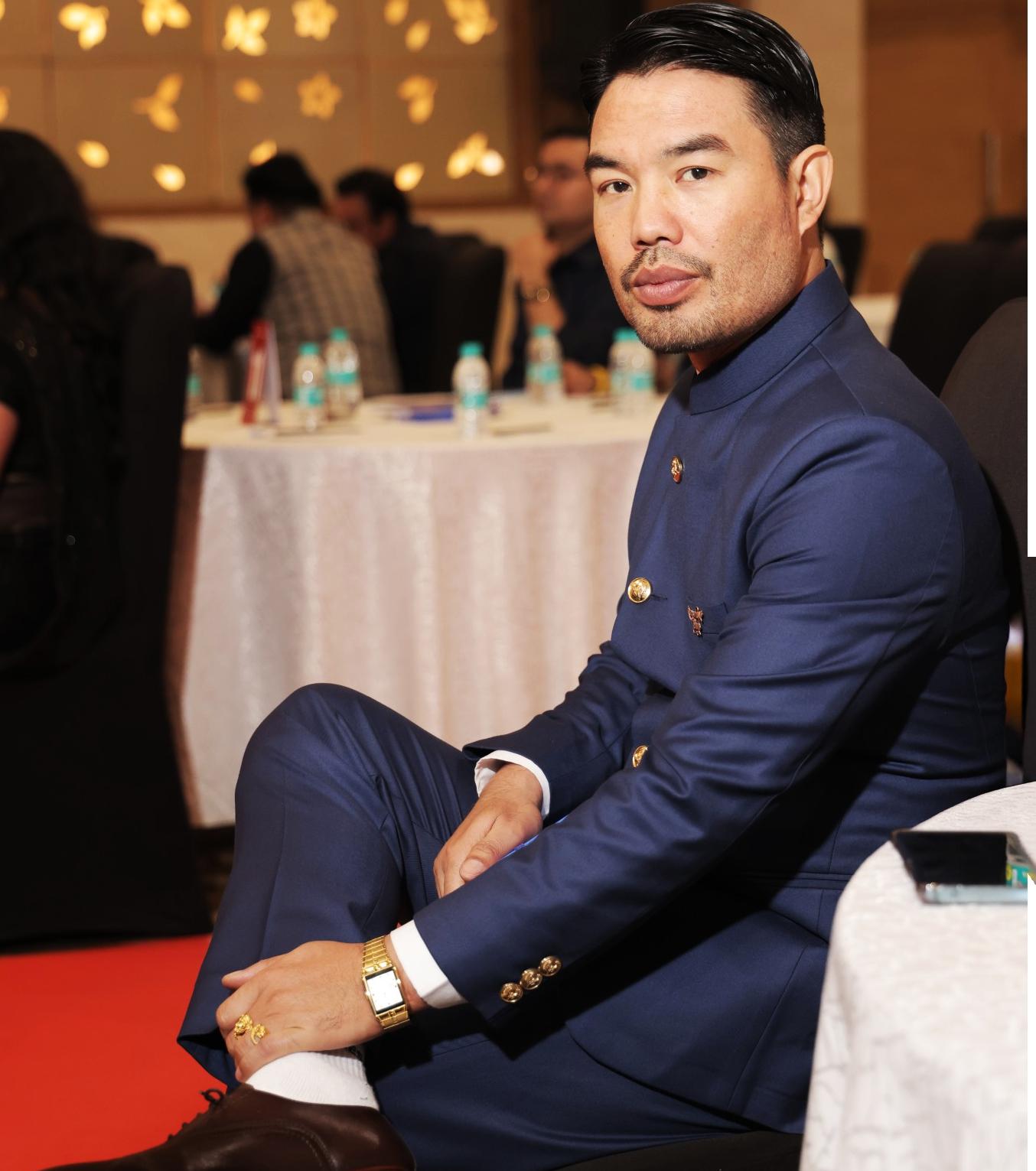



Inthemidstofanevolvingworldofchangeandchanging aspirations, evolutionary leadership is the platform on whichdurableprogressisdriven.Thebestarenotthose who succeed over circumstances, but those whose commitment seeks to turn change into genuine hope for others. Set against this deeply ingrained background is the motivatingtaleofJugeshworSinghKshetrimayum
Roots and Early Years: Fertilized by Modesty, Moulded byAdversity
Born in the small town of Kakching in Manipur, Jugeshwor was the sixth child among seven siblings. The rustic life of Kakching gave him a stern determination and humility that would be the pillars of his life His parents, although underserved in materialistic terms, imparted honesty, ownership, and longing to him. These were the dominant motivationalforcesshapinghispersonalitywellbeforehehad finalizedhisprofession.
From a very young age, Jugeshwor was drawn to martial arts—adomaingenerallyreveredduetoitsdiscipline,mental toughness, and life-transforming possibilities. Exposed to various martial arts such as Kung Fu, Wushu, Taekwondo, Kickboxing,andManipur'sThang-Ta,acenturies-oldmartial art,hewastrainedundertheguidanceofhisgreatgurussuch asGrandmasterSharatSingh,MasterMaheshwarSingh,and Master Jiten Singh. Through their mentorship, Jugeshwor understood that martial arts was not just about physical power;itwasajourneyofself-control,modesty,andintegrity
The Martial Journey: Rewriting India's Story on the GlobalStage
RisingThroughAdversity
Whilehisfellowcontemporarieswereallpursuingstrictpaths of education, Jugeshwor was more interested in sports and activity. Inadequatefinances and opportunitymaywellhave ruinedhisdreams.Instead,theyfannedhisdetermination.To Jugeshwor, martial arts were never an issue of medals or recognition—martialartswereaboutbeingthebesthecould beasawayofbeinganinspirationtohiscommunity
TheStoryofaMartialArtsPioneer
While most young martial artists focused on local tournaments,JugeshworKshetrimayumsethissightshigher. His ambition carried him beyond India's borders, where he trainedunderrenownedglobalmartialartsmasters,including GrandmasterHuangChien-LiangofChinaandGrandmaster
LeKimHaoofVietnam.Theseinternationalexperiencesnot only expanded his skills but also broadened his worldview. ForJugeshwor,martialartswasneverjustaboutcompetition. It was about cultivating a global movement rooted in discipline,empowerment,andculturalexchange.
His tireless work ethic and consistent output quickly made himanationalfigure.Itwas,though,in2016thatthedestiny of this young boxer had been sealed, competing at the toplevel Shaolin Temple Martial Arts Festival in Henan Province, China. The first-ever Manipuri competitor on this sort of top level and winning the Gold Medal for Taolu—wasnotjustpersonaltriumphbutalsomake-or-break forIndianmartialartistsacrosstheworld.

Martial arts is not just physical mastery—it is the cultivation of character and resilience.



Indian visibility in international martial arts was sparse and scarcebeforeJugeshwor'sintervention.
His ascendancy as Indian Chairman of World Kuo Shu Federation (USA) and as an Executive Committee member brought the country onto the new path. He went to great lengthstoopengroundsforIndianathletestocompete,excel, anddominatetheinternationalplatform.Byaccordingspace to the future generations, Jugeshwor promised that India would be anything but a spectator- an active participant in internationalmartialcompetitions.
MentorshipandtheMakingofChampions
Jugeshwor's own coaching has been nothing short of a revolution. He has coached hundreds of young aspirants himself,manyofwhomhavegoneontobecomechampions, coaches, and successful professionals themselves.His credo is straightforward: discipline and determination are the building blocks of success, and martial arts is as much a schoolofvaluesasitisanartofthebody.
Bygoingstraighttotheneedyyouth—primarilyinKarnataka and Manipur he has made martial arts accessible to everyone,irrespectiveofsocio-economicbackground.From giving lessons to students for free to creating large employment opportunities, Jugeshwor's approach makes martialartsaviableandempoweringsourceofincomerather thanasportofleisure.

No dream is too big when fueled by unwavering discipline and passion.

His legacy that will be remembered forever is the creation of a sports culture that demands mental toughness, social integrity, and an aspiration to be better He was a trailblazer in the inclusion of selfdefensetraininginmainstreameducation,believingthatmartialartsare akeysurvivalskillfortoday'syouth.
Jugeshwor'scoachingmodelisintegrated,wherehetrainsfighterswho becomerolemodelsforsociety.Afewofhiswardshavenotjustbecome successful competitors but coaches, administrators, and even defense personnel,carryinghisphilosophyevenfurther
Jugeshwor's aspiration is not distinct from his commitment to social justice. Having witnessed the financialobstaclesfacingsomanypotentialrivals,he has always remained committed to advancing inclusivity and accessibility. By providing free training and facilitating professional careers in martial arts, he has preserved many aspirations that otherwisewouldhavebeenextinguishedbypoverty His relentless efforts have effectively transformed martialartsintoacareerchoiceforIndianyouththat isrespectableandviable.
Jugeshwor's contribution as a social reformer goes muchbroaderthanhissport.Heisavocaladvocateof ruraldevelopment,conservation,andpreservationof indigenous traditions. His efforts frequently overlap with national initiatives, NGOs, and international organizations,usinghisprofiletolobbyforequitable policies that allow development while maintaining heritage.
Although never motivated by awards, Jugeshwor's excellence has been recognized to the maximum possible degree. His philanthropic services and leadership made him a recipient of the Global Excellence in Leadership Award (International AwardsForum-USA,NewDelhi)in2025,theGlobal Iconic Excellence Award (Pragathi Media Events, Bangalore), the National Prestige Award 2025 (Universal Media, New Delhi), and the Desh Ratna Award 2025 (Bharti Yuva Welfare Association, New Delhi).
He was also honored with the International Brilliance Award 2025 (Hypedge Media Group, Jaipur), the Delhi Ratna Award (International Human Rights Ambassador Organization), and the 3rd Asia's Leadership Award on 28th February 2025 (Universal Media, New Delhi). Most symbolic, perhaps,ishisdesignationas Super Hero 2025 inthe category of Motivational Speaker—a tribute to his beliefinovercomingadversity,developingself-

discipline,anddevelopingoverallself-improvement.
ABeacontotheNextGeneration
InspiringintheFaceofAdversity
Jugeshwor's timeless message is simple: self-confidence, hard work, and determination are what are needed.Hisown rags-to-riches achievement on the global platform is ample proofthatluckisnotrequiredinordertobecomeamasterof fate. Through his words and actions, he encourages young peopletobeofagrowthmindset.
Jugeshwor'sinfluencedoesnotremainatcoachingalone.He is a member of the faculty at one of the best universities in Northeast India and develops curricula for sustainable development, climate policy, and rural innovation His scholarlyworkintechnology,policy,andculturestudieshas been showcased in premier conferences and journals,
something that proves his drive towards intellectual aspirationandholisticprogress.
He prepares his students to think smartly and outside the book, encouraging them to develop contextually aware, creative solutions to real-world challenges. As a coach, Jugeshwor shapes not just successful careerists but compassionate, dynamic leaders poised to transform their world.
Withaneffortlessabilitytobridgegaps,Jugeshworhasbeena trusted guide to conventions at both the state and national levels. He played a key role in creating the Northeast Green Growth Strategy, a path-breaking policy that reconciles economic ambition with environmental stewardship. His emphasis on community engagement and protection of identity creates inclusive growth that is comprehensive and situational.

Leadership is measured by the lives transformed, not the accolades earned.
Entrepreneurially built, Jugeshwor created an incubation centerinImphalthatnurturesagri-tech,handicraft,andecotourism businesses. His focus on exploiting local resources for economic growth turned back migration currents and fostered rural revival. His handholding and networking resulted in the creation of the next generation of social entrepreneurship,creatingjobsandprideintheirheritage.
India's martial arts scene is at the point of critical transition—fueledbyrisingpopularity,statesponsorship,and
international success. Jugeshwor's contribution is more than thatofacatalyst,butacreatorofthisnewera.Heenvisions:
• More training facilities and centers, taking advantage of government initiatives such as Khelo India.
• Blending traditional and modern martial arts, creating specialized programs which appeal to a greater,broaderbase.
• Fortifying international linkages, for cross-cultural exchangeofthoughtandpractice.

Humble beginnings are the soil where the strongest roots of determination grow.


• Broadening the general benefit of martial arts, like fitness, discipline, and self-defense, to appeal to noncompetitivepractitioners.
• His vision of the future is that martial arts in India becomeacauseofnationalprideandatoolofsocial empowerment.
His growing international stature—occupying the UNDP, World Bank, GIZ, and other major international platforms—has not altered Jugeshwor's deep roots. He does notperceivehisaccoladesandtitlesaspersonalsuccessesbut as ways of making meaningful contributions to people and inspiring many more. His humility, self-realization, and
committedservicenevervary,whetherintermsofsize.
Friends, students, and social-justice friends portray Jugeshworasamanofsubtlewisdomandsoftaction. His unusual pairing of intellectual acuteness with soft action is becoming the hallmark of long-term leadership.
Worthinhisbookisnotrewardbutconsistent,selfless effortthatdignifies,preserves,andmakesstronger
With India struggling with the tensions of technological progress, climatic volatility, and socioeconomic transformation, there is a call for stable, context-sensitive leadership. Jugeshwor continues to nurture the future in his vision of an equilibrium, sustainableworld.Hislegacyisacalltorememberthe force of embeddedness—true advancement is not in figures or novelty, but in thriving, inclusive societies whereaspirationsandheritagegohandinhand.
Jugeshwor'staleisfarmorethanthebiographyofone's success. It is a powerful affirmation of what happens when vision, determination, and humility blend. Groundedincultureandcommunity,hisisatalewhich has inspired countless other people to reach further thantheyhadpreviouslybeen,todreamunreservedly, and to live with integrity to those values which characterisethem.
TotheManipuris,tothepeopleofNortheastIndiaasa whole,andtothevisionofallthosewhoseethepotency of purposeful leadership, Jugeshwor is not at all a success story—a living bridge between what history has to teach and hope for the future. His journey goes on,hisownlegendexpanding—awitnesstotheworld that greatness is achieved, not by self-interest, but by collectivechangeandrightconduct.
National sports play a powerful role in shaping the fabric of modern societies. More than just games, thesesportsoftenserveascollectiveexpressionsof identity,pride,andunity.Theycreateplatformswherenations can celebrate their heritage, rally behind shared goals, and showcase their cultural uniqueness to the world. In many countries,nationalsportsaredeeplyembeddedinpubliclife, influencing everything from political discourse to education systems and media narratives.Whether it is cricket in India, soccerinArgentina,basketballintheUnitedStates,orrugby in New Zealand, national sports often rise to a status that transcendsathleticcompetition.Theybecomeinstrumentsfor promotingnationalpride,catalystsforeconomicgrowth,and vehiclesforsocialinclusion.
This article highlights the multifaceted impact of national sports on society, examining their influence on cultural identity,economicdevelopment,andsocialcohesion.
National sports are powerful vehicles for expressing and reinforcingculturalidentity Theyreflectacountry'shistory, values, and traditions, serving as unifying elements for diverse populations. When a national team competes in international tournaments, citizens often come together in collective celebration or disappointment, creating a shared emotionalexperience.Thesemomentshelpreinforcenational prideandasenseofbelonging.Forexample,whenacountry hosts or wins a major event like the Olympics or the World Cup,itoftenexperiencesasurgeofpatriotismandunitythat cantranscendpoliticalandsocialdivides.
In addition, national sports often give rise to cultural rituals and symbols that deepen a country’s identity. Singing the


national anthem before games, waving flags, and wearing team jerseys are more than acts of support they are expressions of national solidarity. Sports heroes frequently become national icons, celebrated not only for their achievements on the field but also for their embodiment of nationalvirtuessuchasresilience,humility,ordetermination. Their personal stories can become emblematic of the country's broader journey, serving as a source of inspiration andmotivationforcitizensofallages.
Theeconomicimplicationsofnationalsportsaresubstantial. Major sporting events generate revenue through multiple streams including ticket sales, broadcasting rights, advertising, and merchandising. These events also attract tourism, which provides a significant boost to local economies. International fans spend on hotels, restaurants, transport, and cultural experiences, creating a ripple effect acrossvariousindustries.Awell-executedsportsstrategycan also enhance a country’s global image, attracting long-term foreigninvestmentandincreasingitsappealasadestination forbusinessandtravel.
Nationalsportscanalsobeinstrumentalindrivinglarge-scale infrastructure development. Preparing to host international events often leads governments to invest in roads, airports, public transportation, and digital infrastructure These upgrades,thoughinitiatedforthepurposeofaccommodating sports events, have lasting benefits for local communities. Even beyond mega-events, national investments in sports facilities, training centers, and public recreation areas improveaccesstophysicalactivityandcommunityservices. Such investments support employment, skill development, and entrepreneurship in areas such as coaching, event management,andsportsmarketing.
Oneofthemosttransformativeaspectsofnationalsportslies in their ability to promote social cohesion. In countries with ethnic,cultural,orsocioeconomicdivides,sportscanactasa bridge that fosters understanding and inclusion. Local and national competitions create environments where people from different backgrounds work together as teammates or cheer alongside one another in support of a common cause. Theseinteractionsbreakdownbarriers,buildtrust,andhelp communitiesdevelopsharedvaluesandgoals.
Furthermore, national sports offer a unique platform to address and raise awareness of social issues. Many athletes use their influence to advocate for causes such as gender equality, racial justice, and mental health. Their voices can elevate public discussions, influence legislation, and inspire grassroots movements In addition, many sports organizationsrunoutreachprogramsthatsupporteducation, health care, and youth development in underserved communities.Byintegratingsportswithsocialresponsibility initiatives,governmentsandinstitutionscanuseathleticsnot only as a source of entertainment but also as a driver of positivesocialchange.
Nationalsportshaveafar-reachingimpactthatextendswell beyondtheboundariesoftheplayingfield.Theyarecultural touchstones that shape identity, foster unity, and instill nationalpride.Economically,theystimulategrowth,generate employment, and drive infrastructure development that benefitssocietyinthelongterm.Socially,theyserveastools for inclusion, dialogue, and empowerment, helping communities overcome divisions and build stronger relationships.Asglobalsocietiescontinuetoevolveandface newchallenges,theroleofnationalsportsremainsvital.Their abilitytounite,inspire,andmobilizemakesthemoneofthe most effective instruments for societal progress. When strategically developed and inclusively managed, national sports have the potential to enrich lives, strengthen communities,andcontributesignificantlytotheadvancement of nations Embracing this potential requires continued investment,innovation,andacommitmenttomakingsports accessibleandmeaningfultoallmembersofsociety.




www.insightssuccessmagazine.com


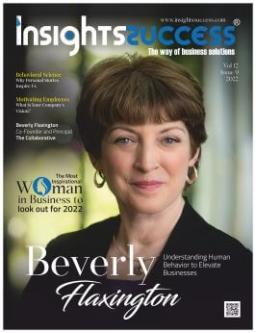








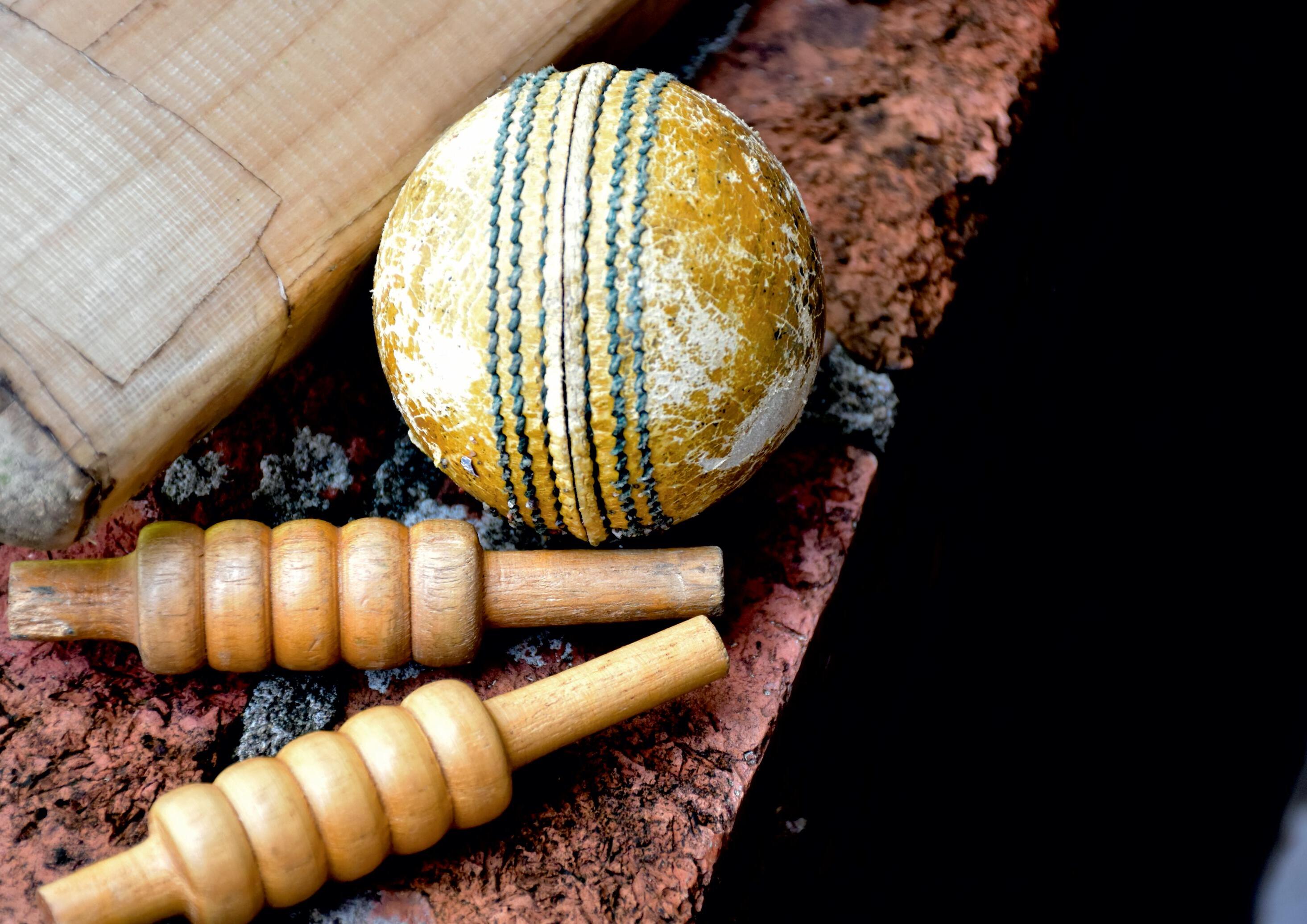

India'ssportsheritageisavibranttapestrywovenwithhistory,
culture, tradition, and excellence. From ancient wrestling pitsandroyalpologroundstomodernOlympicstadiumsand cricketfields,India'srelationshipwithsportisdeeplyrootedand multifaceted.Whilecricketoftendominatestheheadlines,India's sports culture is far richer, encompassing indigenous games, martial arts, and a growing presence in international athletics. Celebrating this diverse heritage is not only a tribute to the country's past achievements but also a crucial step in nurturing futurechampionsacrossdisciplines.Recognizingandcelebrating India’ssportsdiversityismorethananostalgicnodtothepast—it is a recognition of the values embedded in Indian culture: discipline, teamwork, perseverance, and community As India aspires to become a global sporting powerhouse, revisiting its multi-sport legacy can inspire innovation, inclusivity, and investment across less commercialized disciplines, ensuring a broaderandmoreequitablesportingecosystem.
India'ssportsjourneybeganlongbeforemodernOlympicmedals and international championships. Ancient games such as Kabaddi,Kho-Kho,Mallakhamb,andGilliDandareflectboththe country’s rural roots and its ingenious approach to physical fitness. These traditional sports require minimal equipment and space,oftenbeingplayedinfields,streets,orvillagecourtyards. Morethanjustphysicalcontests,thesegameshavelongservedas community-building exercises, fostering unity, cooperation, and intergenerational bonding. Kabaddi, for instance, has seen a remarkable resurgence in popularity through the Pro Kabaddi League, proving that indigenous sports can be commercialized andglobalizedwithoutlosingtheiressence.
Similarly,gameslikeMallakhamb,anancientformofgymnastic training on a vertical pole or rope, showcase India's historical expertiseinphysicalconditioningandbodycontrol.Thoughnot widelyrecognizedglobally,Mallakhambisgainingattentionasa unique sport requiring extreme strength, balance, and flexibility.
Its revival is also symbolic it represents how India's traditionalknowledgesystemscanbeintegratedintomodern sporting narratives, offering not just entertainment but also richculturalstorytelling.
India’s presence on the global sports stage has grown significantly, with athletes making their mark across a spectrum of disciplines. While cricket has undoubtedly placed India at the center of global sporting attention, the achievementsinwrestling,badminton,boxing,athletics,and shooting have carved out a more diverse identity for Indian sports.MilestonessuchasAbhinavBindra’sOlympicgoldin shooting,NeerajChopra’sjavelintriumph,andtheconsistent performancesofathleteslikePVSindhuandMaryKomhave inspiredanewgenerationofIndiansportsenthusiasts.These individuals not only win medals but also serve as icons who breakstereotypesandchallengethestatusquo.
Moreover, India's participation in global sporting events has evolved from symbolic representation to competitive contention.Thecountry’srecentperformancesineventslike the Olympics, Commonwealth Games, and Asian Games highlight a strategic shift in how sports are being perceived and supported. Government schemes like Khelo India and TargetOlympicPodiumScheme(TOPS)havebeenpivotalin identifying and nurturing young talent.These programs aim tocreatearobustpipelineofathleteswhoarewell-equipped to perform at the highest levels, thereby reinforcing India’s reputationasagrowingsportingnation.
AcelebrationofIndia'sdiversesportsheritagealsodemands introspection and planning for the future Building a sustainable sports ecosystem requires holistic development—improving infrastructure, ensuring access at the grassroots level, and fostering inclusive participation acrossgender,geography,andsocio-economicbackgrounds. Many Indian sports are still urban-centric or limited to specificregions,leavingvastpotentialuntapped.RuralIndia, despitebeingthebirthplaceofmanyindigenoussports,often lacks adequate resources or recognition. Bridging this gap will not only democratize sports but also uncover hidden talentacrossthecountry
Furthermore,innovationinsportsscience,coaching,anddata analytics is critical to elevating performance standards. Collaborations with global sporting bodies, investment in
high-performancecenters,andinclusionofmentalhealthand nutritionprogramsarestepsintherightdirection.However,a true celebration of India's sports heritage must also include honoring former athletes, documenting oral histories, and preserving traditional games through digitization and education.Schools,colleges,andcommunitycentersshould become hubs of sporting activity, where heritage and high performancearenurturedsidebyside.
India’sdiversesportsheritageisatestamenttoitsrichcultural history and evolving national identity From the dust-filled wrestling pits of Haryana to the modern Olympic podiums, the journey reflects resilience, creativity, and ambition Celebratingthisdiversityisnotmerelyanactofculturalpride but a strategic imperative for India’s emergence as a global sportingnation.Byembracingbothitsancienttraditionsand modern aspirations, India can build an inclusive, dynamic, andcompetitivesportsculturethatempowersindividualsand unitescommunitiesacrossthecountry Thiscelebrationmust also involve investment in education, media representation, andlong-termpolicysupporttoensuresustainedgrowth.





